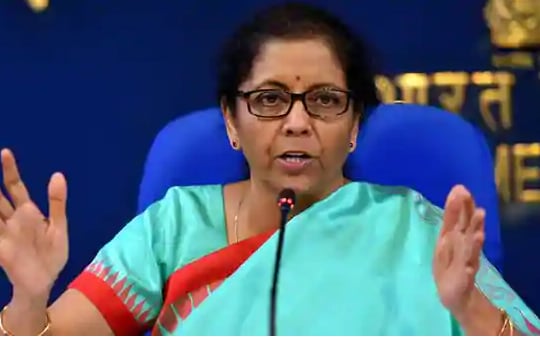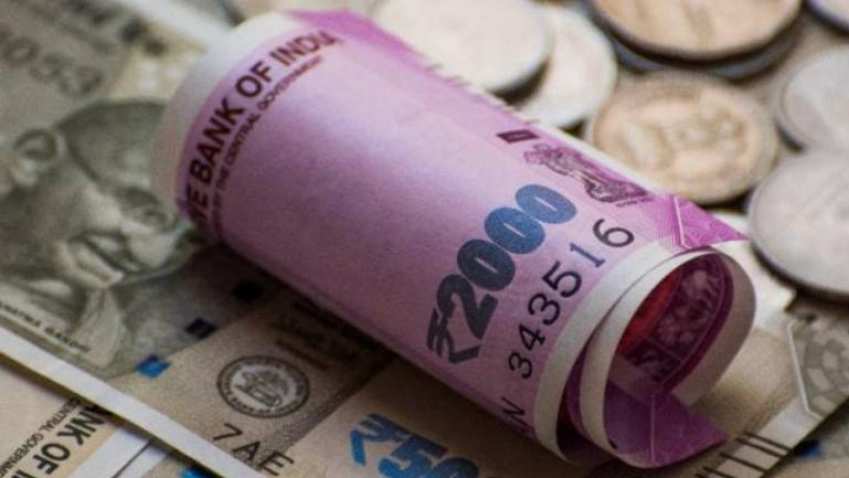Developers using AI show massive productivity improvement, says expert
Summary
Dr. Rohini Srivathsa, CTO at Microsoft India, believes that generative AI can be a huge productivity booster in sales, marketing, and commerce.
Artificial intelligence (AI) has been a hot topic in the tech industry for several years now, and the excitement and interest surrounding its capabilities continues to grow.
According to Mahesh Makhija, Tech Consulting Leader at EY India, there is a massive improvement in productivity when developers get AI tools, which is why CEOs want their teams to apply use cases with AI technology.
“There is huge amount of excitement and the boardroom is really exploded with interest in AI, not just generative AI but AI in general. So every CEO is demanding of his or her team to come back in terms of what are the use cases which can be implemented with this new technology. If you are a SaaS company, you are trying to look at something like an in-app assistant and that is going to become the way we deal with apps. We have seen a massive improvement in productivity when developers start to get AI tools, there is almost like 30-40 percent improvement in productivity,” Makhija told CNBC-TV18.
Moreover, enterprise companies could see functions transform with generative AI, as observed by Makhija. In fact, Dr. Rohini Srivathsa, CTO at Microsoft India, believes that generative AI can be a huge productivity booster in sales, marketing, and commerce. This AI technology generates new content, which means businesses are not limited by existing data or human input.
One of the advantages of generative AI is that it can create insights on sales opportunities based on customer behavior, as noted by Srivathsa. This technology can help businesses identify patterns and trends that they may not have been able to see without AI’s help. With AI tools, companies can analyse large datasets and generate new ideas that can lead to better decision-making and improved business productivity.
The work in artificial intelligence (AI) has been going on since 2017, but it is only in recent years that the technology has made significant progress. One of the most exciting developments is the evolution of new API-driven platforms thanks to AI, as noted by Makhija. This platform allows businesses to integrate AI technology into their operations without having to develop it themselves.
Recently, Microsoft CEO Satya Nadella declared generative AI as the new race as it announced a $10 billion investment in Open AI which is the maker of ChatGPT – an artificially intelligent chatbot.
Since its launch last November, ChatGPT has set a record for garnering the fastest growing user base. With over 100 million users now using generative AI platforms like ChatGPT every day, it’s clear that the potential of this technology is immense.
Fun experiments have led to excited executions with over 100 products built using the ChatGPT interface in just the first week of March. And there is more to come this year, as Google, Meta and pretty much all enterprises rush to keep pace with the revolution, which is set to change how businesses and common users generate creative solutions to problems.
From marketers crafting personalised campaigns to target every single customer and bankers using generative AI to bank the unbanked to influencers easily dubbing their content in several languages and manufacturers overcoming design dead-ends and cutting costs with better predictions—the new industrial churn is here.
Also Read: Why Microsoft CEO Satya Nadella thinks it’s ‘showtime’ for tech industry

Elon Musk forms several ‘X Holdings’ companies to fund potential Twitter buyout
3 Mins Read
Thursday’s filing dispelled some doubts, though Musk still has work to do. He and his advisers will spend the coming days vetting potential investors for the equity portion of his offer, according to people familiar with the matter









 Listen to the Article
Listen to the Article  Daily Newsletter
Daily Newsletter













